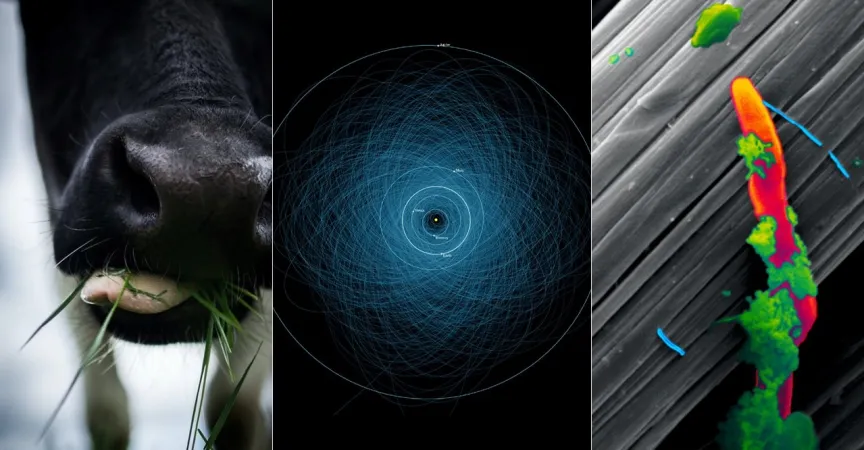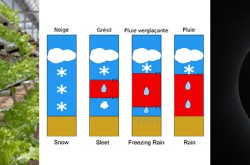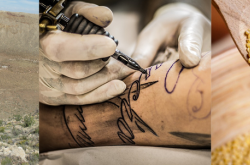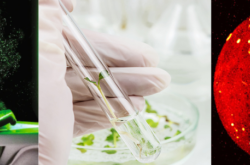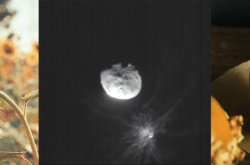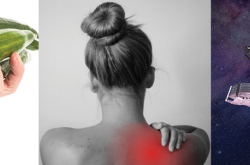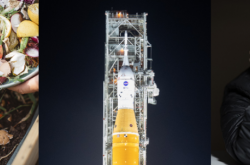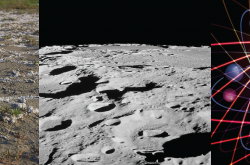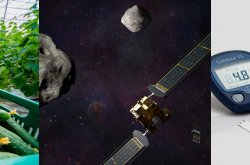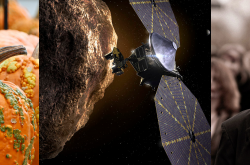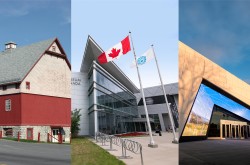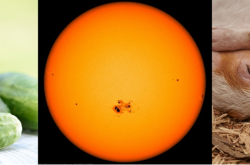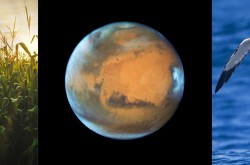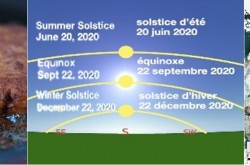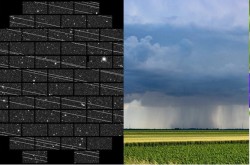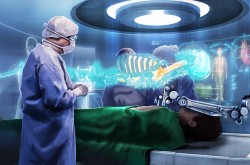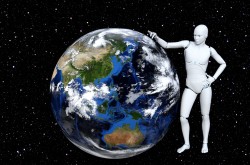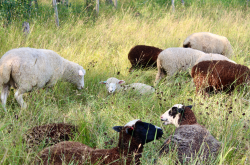3 things you should know about eco-friendly cows, near Earth asteroids, and potential life on Mars

Meet Renée-Claude Goulet and Michelle Campbell Mekarski.
They are Ingenium’s science advisors, providing expert scientific advice on key subjects relating to the Canada Agriculture and Food Museum and the Canada Science and Technology Museum. Jesse Rogerson, formerly the science advisor for the Canada Aviation and Space Museum, continues to lend his expert voice to the Channel.
In this colourful monthly blog series, Ingenium’s past and present science advisors offer up three quirky nuggets related to their areas of expertise. For the August edition, they tackled solutions for making cows more environmentally friendly, searching for near Earth asteroids, and how resilient life forms on Earth opens up the possibility of life on Mars.
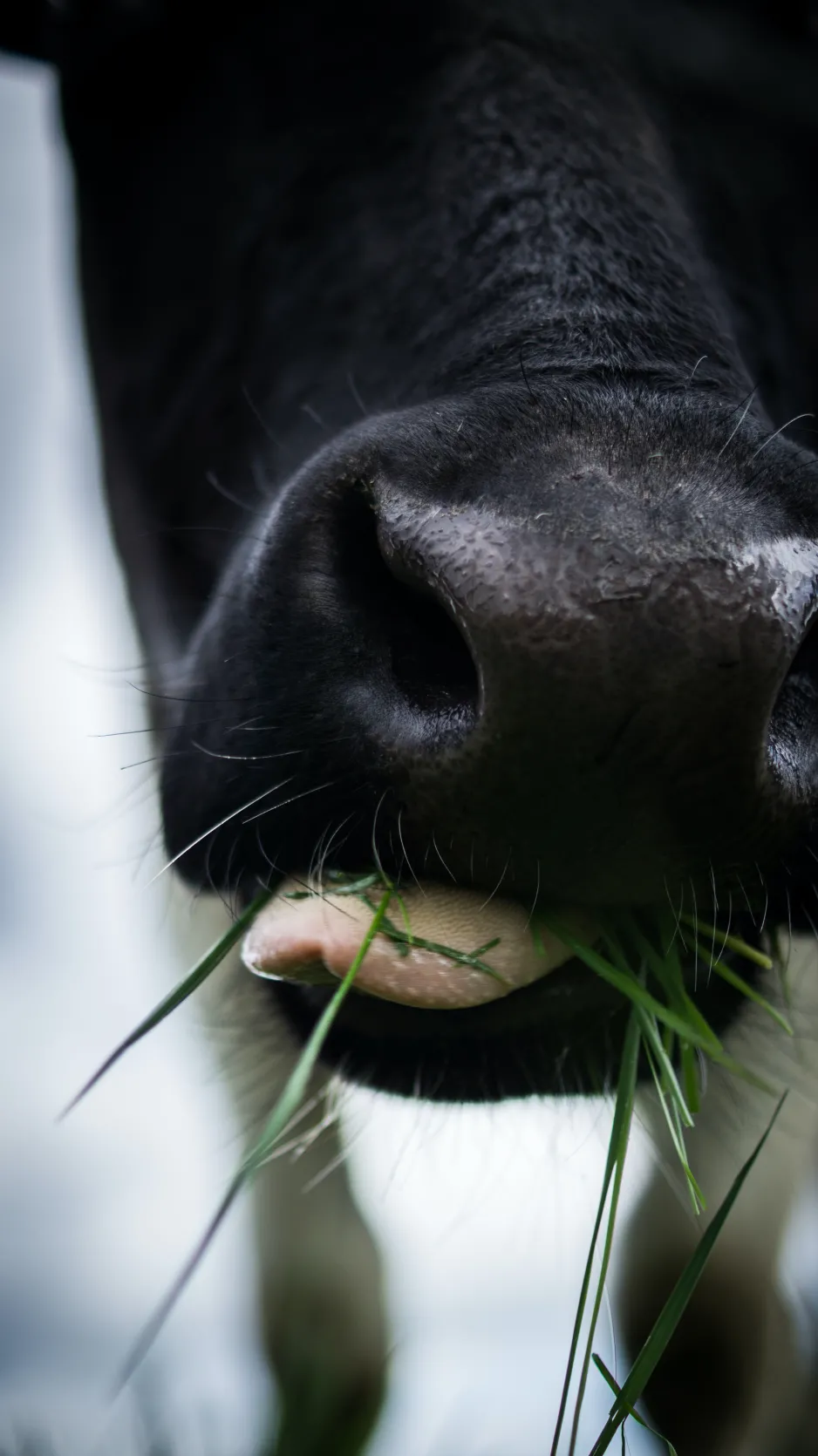
Cattle, sheep, goats are all “ruminant,” which means they are animals whose gut microbes digest their food for them.
Making cows a more eco-friendly animal
Cows are able to get all the energy they need from plant material — such as stems and leaves of grasses and legumes — which we humans are unable to digest. They are called ruminants, which means they are animals with compartmentalized stomachs; part of their stomach (the rumen) contains microbes that ferment and break down plants into forms the animal can use for energy.
While the activity in cows' rumens allows them to turn low-quality food into muscle and milk, there are losses along the way. The process of turning feed into individual molecules used for energy also produces methane gas, which escapes into the atmosphere through the cow's “burps.” In fact, researchers estimate that two to 12 percent of the energy a cow consumes is turned into methane.
Methane is a potent greenhouse gas, with 21 times the heat-trapping potential of carbon dioxide over 100 years. It can stay in the atmosphere for about nine years before it is broken down into carbon dioxide. While there are many different sources of methane — including melting permafrost, and the production and transportation of oil, natural gas, and coal — agriculture is an important contributor.
Researchers are studying ways to reduce the methane emissions of cows, to make them more environmentally friendly. They have found diet to be a major factor, and modifying it — by adding grains, fatty seeds like canola or soybeans, and even micro algae — has positive methane-reducing effects. Experiments adding certain plant compounds to the feed, as well as improving hay quality, also had positive outcomes. Other strategies on the horizon include influencing the rumen microbes' activity through biotechnology and feed additives. Breeding also shows promise for improving the cow’s ability to convert feed into energy. If a cow can make the same amount of milk with less feed, then less methane is also produced.
This important research helps increase the efficiency of farms. As demand for food increases globally, it will be critical to increase the productivity of our farming systems in tandem with reducing our greenhouse gas emissions and impact on the environment.
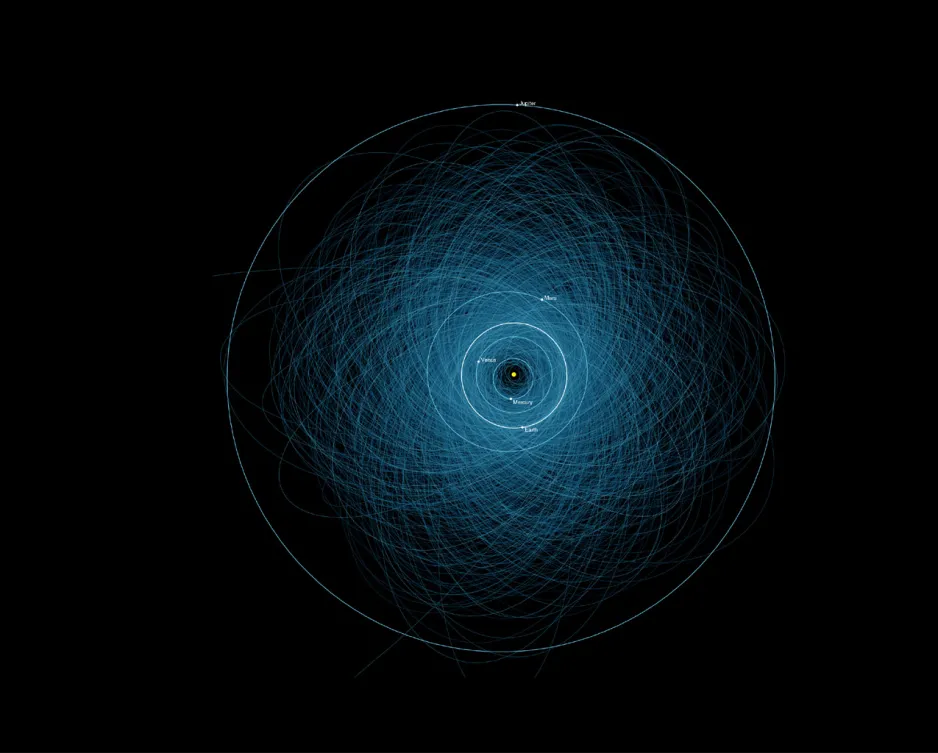
As of 2013, there are over 1,400 Potentially Hazardous Asteroids in our Solar System. These are asteroids that are fairly large, and pass within 7.5 million kilometres of Earth.
Searching for near Earth asteroids
On September 1, 2020, asteroid 2011 ES4 will make a close approach to Earth; it is approximately 35 metres in size and will come within 75,000 km. To make you breathe easier, there is no possibility of impact, however, it is important for scientists to use these near-misses as learning opportunities.
There are millions of asteroids floating through space, ranging in size from 530 km (Vesta) to the size of a baseball (or smaller). Most of the asteroids are confined to the belt between Mars and Jupiter, however, there is a significant number of asteroids spread throughout the entire Solar System.
Of particular interest are asteroids that fall into the category of “Near Earth Objects.” As you may have guessed, these asteroids have orbits that bring them very close to Earth and might pose a possible threat. Scientists know about 25,000 of these asteroids, and there are likely many more that haven’t been found yet.
How do you find a near earth asteroid?
To discover asteroids, astronomers make use of multiple observatories that are continually watching the sky. Every day, thousands of images of the sky are captured. Astronomers look at images of the same patch of sky separated by a few hours or days, searching for objects moving against the stationary background stars.
How do we know where the asteroids are going?
To determine an asteroid’s path, scientists have to predict where the asteroid is going to be in the future. This is a bit like playing catch with a friend. When your friend throws the ball into the air, you make a prediction — based on how fast the ball is moving and your experience with gravity — of where the ball is going to land. You run to that spot, and you catch the ball.
Scientists do something similar; using their understanding of gravity and motion, they look at where the asteroid has been, and predict where it will be next. The more images they have of where the asteroid has been, the more accurate the prediction will be.
Again, this is similar to playing catch. Imagine if you were only allowed to keep your eyes open for the first two seconds after your friend threw the ball. It would be much more difficult to predict where it’s going to be than if you had five seconds, or if you were able to observe the ball the entire arc of its path.
In the case of 2011 ES4, the upcoming close encounter with Earth is an excellent chance to get more images of the asteroid, and to refine our understanding of the orbit.
What if we DO find an asteroid that is going to hit us?
This is an open area of research! In principle, it’s possible to deflect an asteroid from its path using a variety of techniques. However, there is still much testing needed to determine the validity of this approach. Happily, researchers are already testing out ways to do this. The Double Asteroid Redirection Test Mission, which plans to launch next year, will visit an asteroid system and test out redirection methods. Through continued research, astronomers can refine the orbits of known asteroids, and prepare for the possibility of an impact.

This bacteria does not get its energy from food; it is able to use electrons that it ‘eats’ from rocks and minerals.
Can life “find a way” on Mars?
In the 1993 film, Jurassic Park , the phrase “Life finds a way” neatly sums up the uncanny ability of life to evolve crazy adaptations to survive in the most unlikely of places. This is especially true for microbes: tiny organisms too small to be seen with the naked eye.
One great example is bacteria living deep below the Earth’s surface, which survive by eating electricity! When you and I eat food, our bodies break it down, causing electrons to flow through a series of chemical reactions, creating usable energy. In “electric bacteria,” the food part of the equation is skipped entirely, allowing them to “eat” and use electrons harvested directly from rocks and minerals. This means they can thrive in inhospitable areas like mineral veins running through solid rock kilometers below the Earth’s surface.
Or how about microbes who have managed to survive in a coma-like state on the South Pacific seafloor for 100 million years, only to be woken up? These microbes (like many others) have adapted to go into a dormant state when faced with difficult circumstances (e.g., not enough food, non-ideal temperatures, etc). Remarkably, after an incubation process, scientists were able to revive them. What makes this so incredible is the time scale! Scientists are familiar with bacteria that can go dormant for months, years, or even decades. But 100 million years?! It raises the question of just how long bacteria could actually live in that state.
Then there’s “Conan the bacterium,” a bacteria so tough that it’s been found on the walls of nuclear reactors. It can happily survive 1,000 times the dose of radiation that would kill a human. How exactly? This bacteria is remarkably adept at repairing and copying the DNA that gets shredded by radiation.
The pervasive, resilient, and resourceful nature of life has led scientists to speculate that life might exist in even more surprising places, on Earth and beyond. On July 30, 2020, NASA’s Perseverance rover began its trip to Mars, where it will be searching for signs of ancient life. Given that we’re still being surprised by the limits of life on Earth, it will be interesting to see if “life finds a way” elsewhere in our Solar System too.


